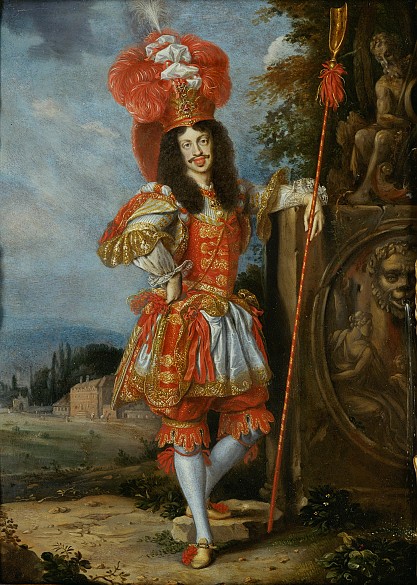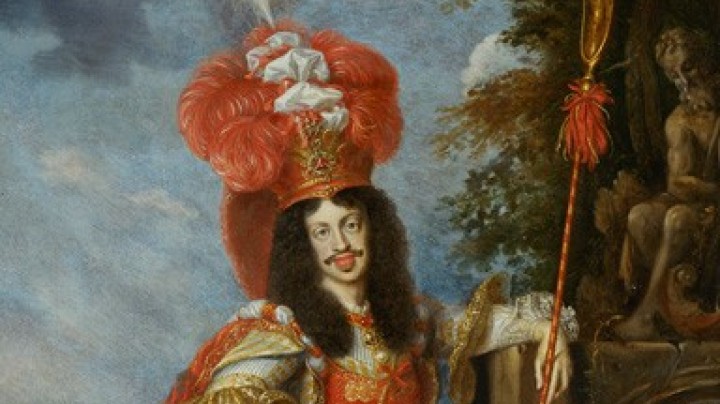Leopold I: the ‘Baroque emperor’
Leopold I was a defining figure in the history of the Habsburg dynasty. His reign saw the consolidation of the Monarchy after the Thirty Years’ War and the decisive victories against the Ottoman Empire that enabled the Habsburg Monarchy to become one of the leading Great Powers in Europe.
Leopold himself was however a shy, indecisive character who effaced himself behind his imperial persona. He was not a ‘radiant’ monarch, being almost grotesquely ugly and afflicted with an extreme example of the Habsburg jaw. It is said that he had his physical deficits emphasized in portraits of himself out of humility. The emperor compensated for his personal shortcomings with the nimbus of his sublime office. Leopold’s adversary Louis XIV once remarked that it was not the emperor in person that he feared but his ‘miracle’.
Leopold was steeped in the majesty of imperial office, emphasizing its religious aspect above all else. The victory over the Ottoman Empire which had put a stop to its westward expansion served pro-Habsburg propaganda as an ideal instrument to stylize Emperor Leopold as the protector of Christendom. Thus as the donor of the Plague Column on the Graben in Vienna, Leopold is represented kneeling in humility as he recommends his realm to the heavenly powers. On another occasion the emperor referred to himself as the ‘least and most unworthy servant of the Holy Virgin Mary’.
Leopold was imbued with the intolerant Catholicism of the Counter Reformation. Under his rule the Jews were expelled from Vienna in 1669/70 and subsequently forbidden to settle in the Austrian Hereditary Lands. The former Jewish ghetto on the Unterer Werd was renamed Leopoldstadt in honour of the emperor and the expropriated houses and land given to Catholic citizens, thus forming the nucleus of Vienna’s present-day second municipal district. The parish church of St Leopold was established on the site of the synagogue.
One positive aspect of his personality was his pronounced artistic gifts, in particular for music. He was himself an enthusiastic musician and the author of several compositions, the quality of which should not be underestimated. Opera was his great passion. Important occasions at court were staged as allegorical Baroque spectacles with no expense spared.















